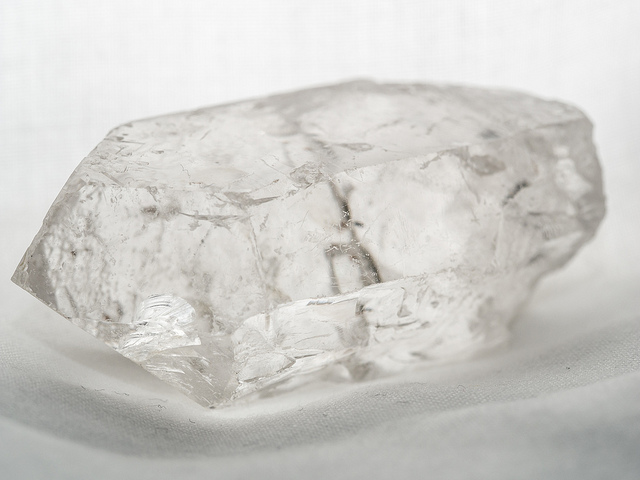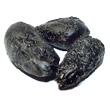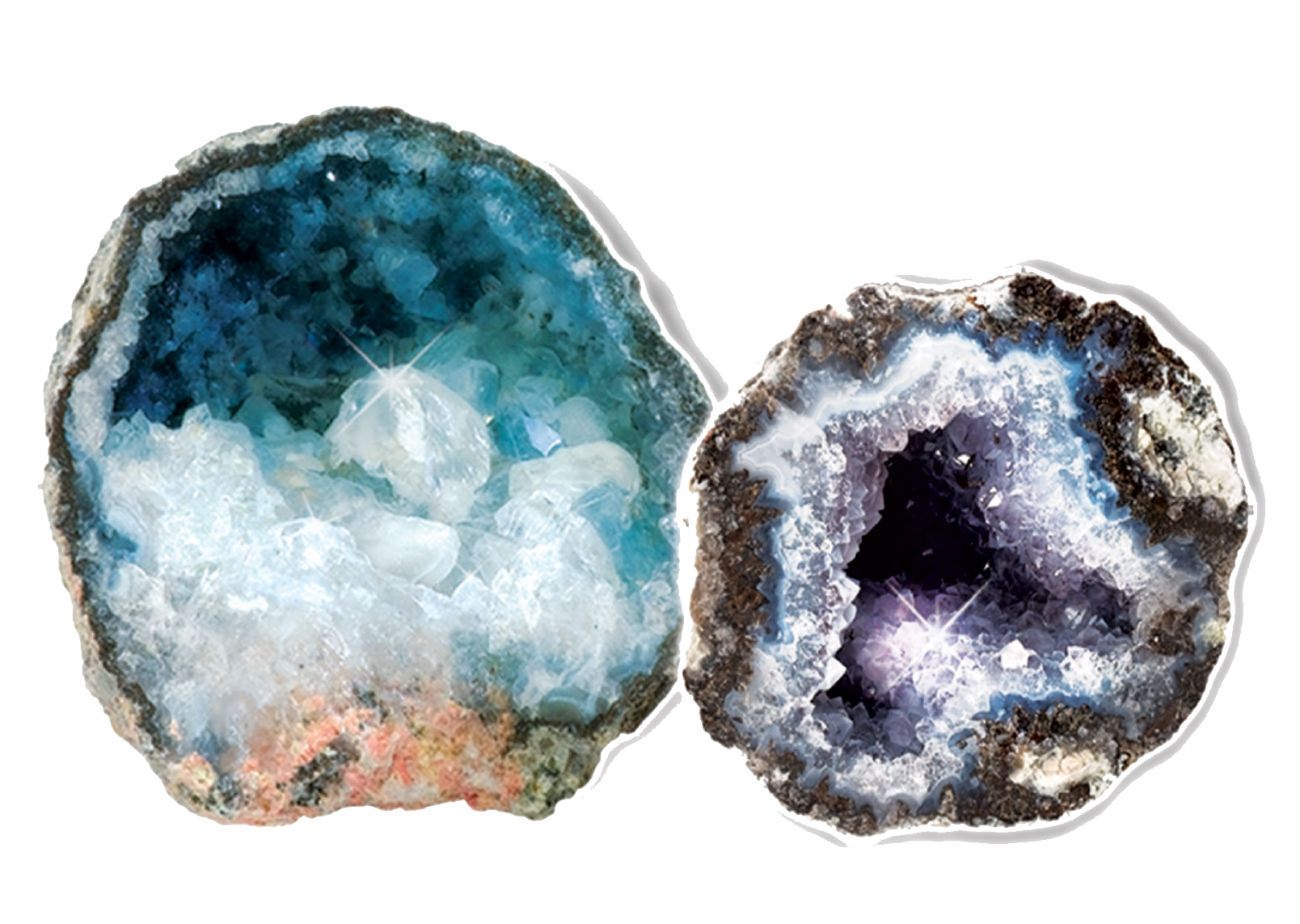Many people are attracted and intuitively drawn to crystals. Why? We believe it is because of the energies, or vibrations, that crystals hold, transmit, and send. The proof? If you are reading this then you have a computer or smartphone and know one of its components is a silicon chip. Computers can be programmed and are able to store and send information. Quartz crystal, the most common crystal on earth, vibrates, or ticks, exactly 60 seconds per minute when electricity is applied to it, making it an integral component to telling time.
All crystals are transmitters and receivers of energy (vibration) – and we (humans) seem to have many traits that are shared with crystals. For instance, the human body is primarily water – and water is a six-sided crystal. Quartz crystals in their natural state have six sides, and six facets to their point. a quartz crystal, the crystal. When one draws the scientific diagram of a quartz crystal, the diagram will look like the human DNA.
When we carry, hold, or work with a crystal, the crystal acts as both a transmitter and a receiver of energy and information to and from our bodies. Because we are of a similar six-sided crystalline structure within so many of our cells, the transmissions from the crystal will help align the body to a higher vibrational state, moving away from a state of dis-ease.
Much of our use of crystals and minerals today has its roots spirituality and medicine, and some uses are still prevalent today. For instance, gold (regarded as a crystal in the metaphysical world) is known to alleviate pain, silver is antiseptic (we use colloidal silver in our water), and Lapis Lazuli, the stone of royalty, was a prized crystal often found in the breastplate of a high priest.
On the following pages you will find extensive information about, and images of many stones, crystals, and geodes which we hope will help guide you to the crystal you need.

Amazonite
Soothes all chakras, particularly heart and throat. Balances male/female energies, bringing forth clarity, clear spirit and balancing facets of personality. Turquoise colour.

Amethyst

Amethyst Points

Apache Tears

Apatite

Aqua Aura

Aquamarine

Aventurine

Black Onyx

Bloodstone

Blue Chalcedony

Blue Lace Agate

Blue Tigers Eye

Boji Stones

Botswana Agate

Bronzite

Carnelian

Chrysocolla

Citrine

Clear Quartz

Chrysoprase

Fancy Jasper

Fluorite

Golden Tiger Eye

Hematite

Howlite

Jade

Labradorite

Lapis Lazuli

Larimar

Leopard Skin Agate

Lepidolite

Lodestone

Mahogony Obsidian

Malachite

Moldavite

Mookite

Moonstone

Peridot

Petalite

Pietersite

Prehnite

Pyrite

Quartz Points

Rhodonite

Rhyolite

Rose Quartz

Rutilated Quartz

Serpentine

Smokey Quartz

Snowflake Obsidian

Sodalite

Sunstone

Tektite

Turquoise

Unakite

Geodes
We have a nice supply of geodes available at Spirit Quest Books. There are small, break-open geodes, which children of all ages enjoy, As well as small to medium sized quality specimens of several different varieties and several large amethyst pieces as well.
The term geode is derived from the Greek word Geoides which means “earthlike”. They are geological rock formations which occur in sedimentary and certain volcanic rocks.
Geodes are essentially rock cavities or vugs with internal crystal formations or concentric banding. The exterior of the most common geodes is generally limestone or a related rock, while the interior contains quartz crystals and/or chalcedony deposits. Other geodes are completely filled with crystal, being solid all the way through. These types of geodes are called nodules.Geodes can form in any cavity, but the term is usually reserved for more or less rounded formations in igneous and sedimentary rocks, while the more general term “vug” is applied to cavities in fissures and veins. They can form in gas bubbles in igneous rocks, such as vesicles in basaltic lavas, or as in the American Midwest, rounded cavities in sedimentary formations. After rock around the cavity hardens, dissolved silicates and/or carbonates are deposited on the inside surface. Over time, this slow feed of mineral constituents from groundwater or hydrothermal solutions allows crystals to form inside the hollow chamber. Bedrock containing geodes eventually weathers and decomposes, leaving them present at the surface if they are composed of resistant material such as quartz.
Most geodes contain clear quartz crystals, while others have purple amethyst crystals. Still others can have agate, chalcedony,
or jasper banding or crystals such as calcite, dolomite, celestite, etc. There is no easy way of telling what the inside of a geode holds until it is cut open or broken apart. However, geodes from any one locality usually have a more restricted variety of
interior mineralization.
